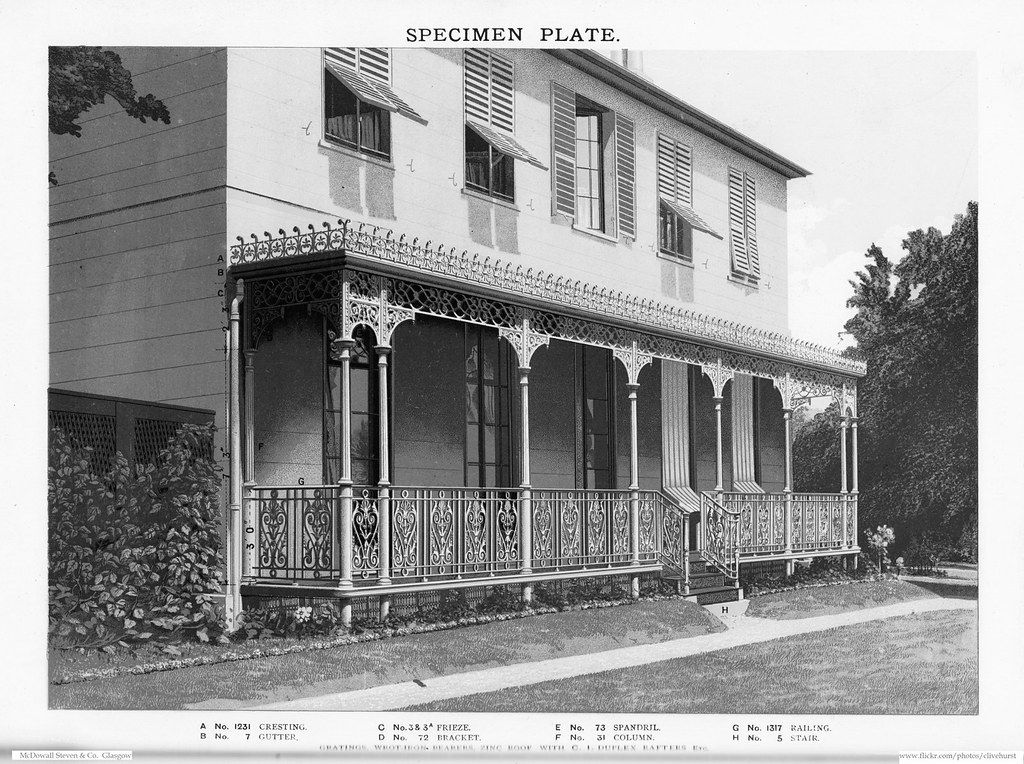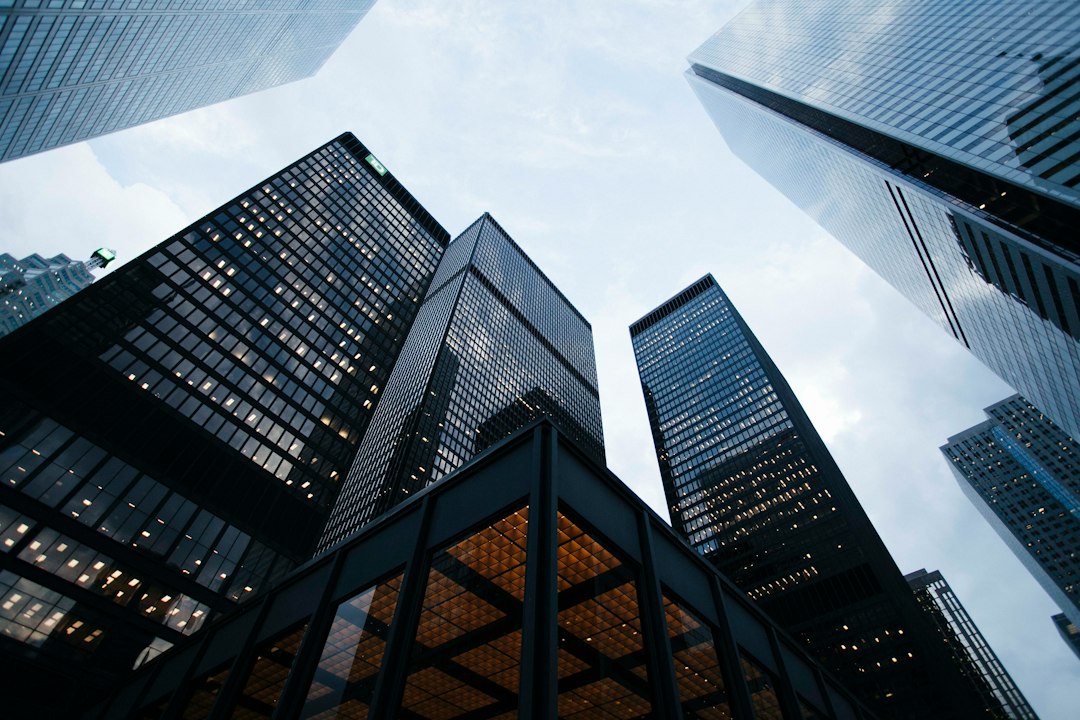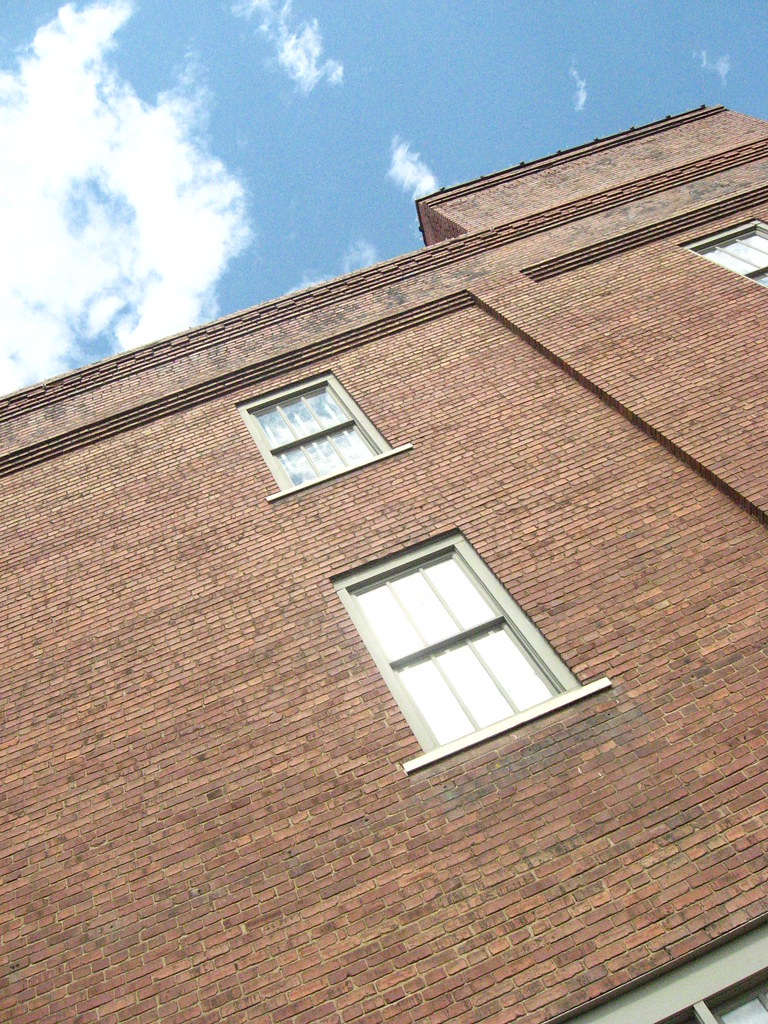Discover how an architecture firm is shaping the future of our cities and transforming our living spaces. With innovative designs that blend functionality with aesthetic appeal, these architects are not just building structures; they're crafting the landscapes of tomorrow. Did you know that the most successful architecture firms are those that prioritize sustainability and user experience in their projects? Dive into the world of architectural marvels and explore how these visionaries are redefining the spaces we inhabit.


In the realm of architecture and urban development, innovative sustainable design practices are becoming increasingly crucial. These practices focus on reducing the environmental footprint of buildings and urban landscapes, while promoting energy efficiency, waste reduction, and the use of renewable resources. From green roofs and solar panels to rainwater harvesting systems, these innovative strategies are not only environmentally responsible but also cost-effective in the long run. Architects and urban planners are now prioritizing sustainability to ensure that new constructions and renovations adhere to principles that benefit both the planet and its inhabitants.
The integration of technology into the fabric of buildings has led to the emergence of smart buildings, marking a significant shift in how structures are designed, constructed, and operated. Smart buildings employ advanced automation and integration systems to control lighting, heating, ventilation, air conditioning, and security, among other functions. These systems not only enhance the efficiency and comfort of the building environment but also significantly reduce energy consumption and operational costs. The rise of smart buildings reflects a broader trend towards automation and the Internet of Things (IoT), promising a future where buildings are not only intelligent but also adaptable to the changing needs of their occupants.
| Trend | Description |
|---|---|
| Sustainable and Green Design | Increasing emphasis on eco-friendly and sustainable architectural practices. |
| Integration of BIM | Incorporation of Building Information Modeling to enhance construction planning and management. |
| Prefabricated and Modular Construction | Adoption of prefabricated and modular methods for efficient and cost-effective building processes. |
| Adaptive Reuse and Renovation | Focus on renovating and repurposing existing buildings to preserve history and reduce waste. |
| Designing for Resilience | Creating structures that can withstand and adapt to the impacts of climate change. |
| Smart Home and Building Technologies | Greater use of technology to create intelligent, efficient, and convenient living and working environments. |
| Healthy and Wellness-focused Environments | Emphasis on designing spaces that promote physical and mental well-being. |
| Co-living and Co-working Spaces | Rise in the design of shared living and working spaces to foster community and collaboration in urban areas. |
| Advanced Materials and Techniques | Utilization of innovative materials and construction techniques to enhance building performance and aesthetics. |
| Public and Community-centric Spaces | Expansion and enhancement of spaces designed for public use and community engagement. |

In the quest to create more sustainable and healthy urban environments, integrating nature into urban spaces has emerged as a pivotal strategy. This approach, often referred to as 'green' or 'biophilic' design, aims to reconnect inhabitants with the natural world, a vital element that has been largely neglected in traditional urban planning. By incorporating elements such as vertical gardens, green roofs, and urban parks, cities can improve air quality, reduce urban heat islands, and enhance biodiversity. Moreover, these natural elements offer psychological benefits, reducing stress and improving overall well-being among city dwellers. Integrating nature into urban spaces isn't just about adding greenery; it's about designing cities that thrive in harmony with the natural world, promoting a sustainable coexistence for the future.
Architecture firms are increasingly focusing on sustainable and energy-efficient designs to meet the growing demand for green building practices. This trend is shaping the future of architecture, emphasizing the importance of proper ventilation in homes for energy conservation. A cost-effective way to enhance home ventilation, particularly in the attic, is through the use of homemade baffles. These simple yet effective solutions promote airflow and reduce energy costs, aligning with the eco-friendly goals of modern architecture. For DIY enthusiasts and homeowners looking to contribute to a sustainable future while ensuring their home's ventilation is up to par, The Ultimate Guide to Homemade Attic Baffles provides a wealth of information on creating these efficient, cost-effective ventilation solutions.
For an authoritative insight into the latest trends in architecture and construction, including sustainable design, BIM, and modular construction, visit the National Institute of Building Sciences at www.nibs.org.
As the world has rapidly shifted towards remote work, the need for adaptable and flexible living spaces has become more apparent than ever. Designers and architects are now focusing on creating environments that can seamlessly transition between personal and professional use. This includes the incorporation of modular furniture, movable walls, and multi-functional rooms that can serve as an office during the day and a living space at night. Smart technology plays a crucial role in this transformation, allowing for easier control over lighting, sound, and temperature to create a conducive work environment at home. Moreover, with the rise of remote work, there's a growing emphasis on designing for well-being, ensuring that spaces not only serve functional purposes but also promote mental and physical health. This holistic approach to design reflects a broader shift towards creating spaces that adapt to our changing lifestyles, prioritizing flexibility, comfort, and sustainability.